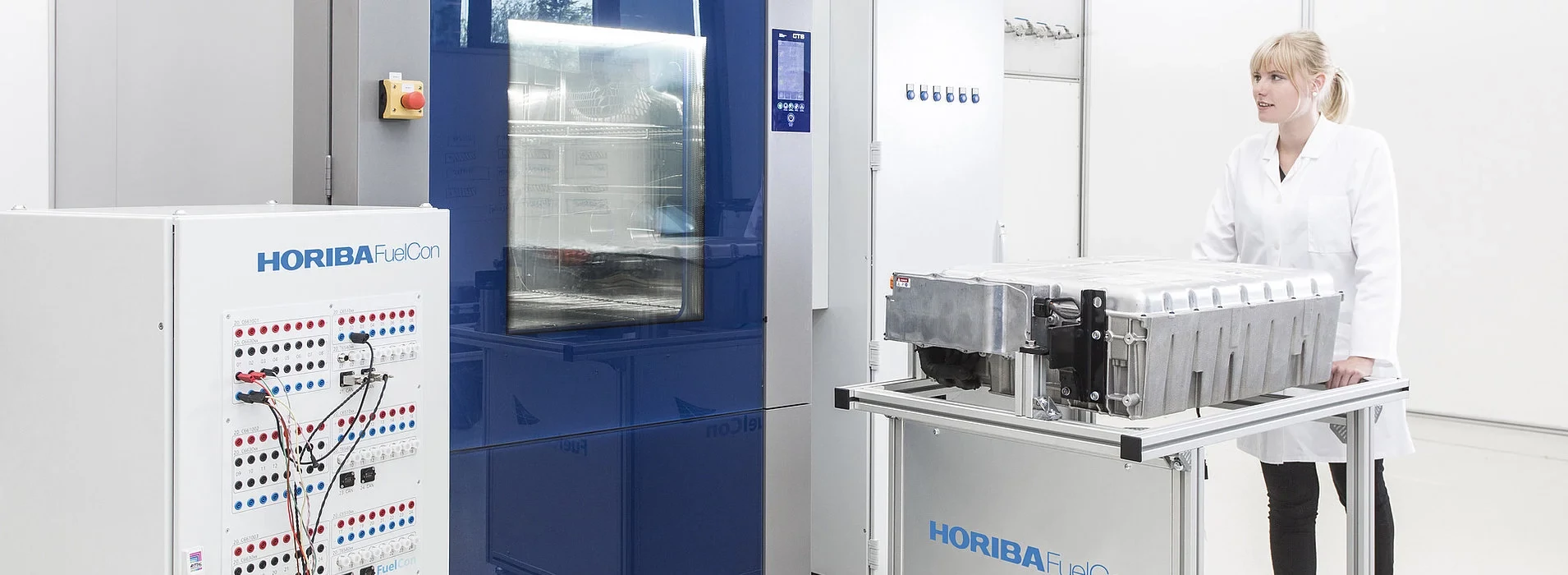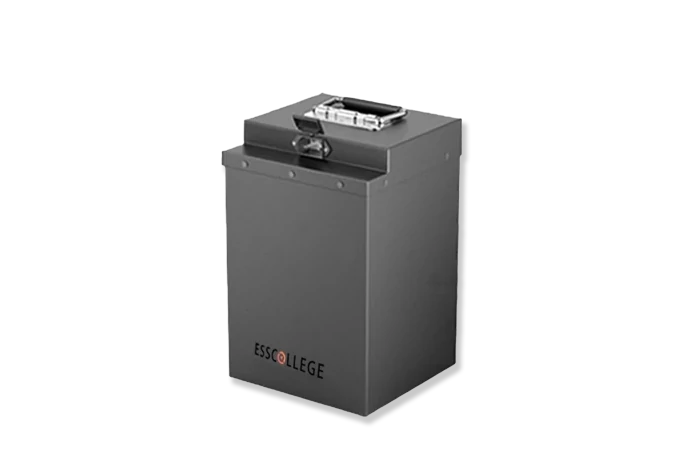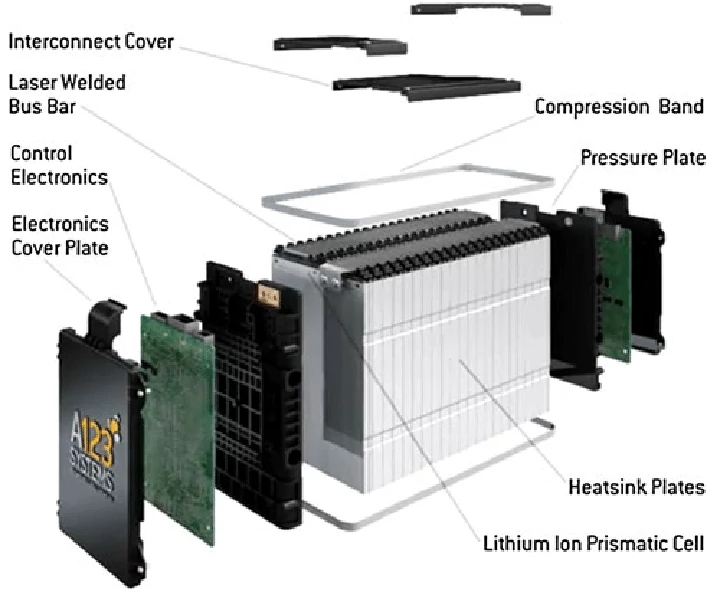Product testing Product testing is a key link to ensure...
System-level test
System-level testing is a comprehensive verification of the overall functionality, performance, and safety of the battery system. The test includes electrical performance, thermal management, communication function, power performance, protection function and long-term stability, etc. By simulating actual working scenarios and abnormal conditions, the battery system can ensure stable operation, superior performance and reliable protection function under different working conditions.
System-level test

System-level testing comprehensively evaluates battery system performance and safety through module conformance testing, BMS functional testing, and discharge testing. The consistency test of the module ensures the basic performance, the BMS functional test ensures the intelligence and safety, and the discharge test verifies the actual output capacity of the system. Together, these processes ensure the reliability and superior performance of the battery system in a variety of scenarios.
The test includes
Content: Evaluate the consistency by testing the voltage, capacity, internal resistance and other parameters of each battery unit in the module; At the same time, verify the overall electrical performance of the module, such as output voltage, capacity and temperature uniformity.
Significance: Ensure the consistency of parameters between battery cells in the module to avoid unbalanced work due to excessive differences, which will affect system performance and life.
Select Battery Management System (BMS) specification
Content: Test the core functions of the battery management system (BMS), including over charge, over discharge, over current, over temperature and other protection functions, as well as the accuracy and reliability of the equalization circuit, data acquisition and communication functions.
Meaning: Ensure that the BMS can monitor the battery status in real time, provide comprehensive protection, and work with external systems through communication interfaces to ensure the safety and intelligent operation of the battery system.
Content: Simulate the discharge process of the battery system under different load conditions, test its voltage, capacity, power output and other parameters, and evaluate the performance of the system under high current or long discharge.
Significance: Verify the discharge capacity and stability of the battery system in the actual use scenario to ensure that it can meet the energy output requirements of the device.

low-speed car batteries
Low-speed vehicle battery is a kind of battery designed for low-speed electric vehicles, which has the characteristics of clean, environmental protection, high efficiency and economy, and is widely used in electric golf carts, low-speed electric vehicles (LSV), mobile vendors, campus transportation, cargo trucks and so on
Extended reading
Product packaging and delivery
Product packaging and delivery The packaging and delivery of battery...
Product information expansion
Product information expansion Understanding low-speed vehicle battery product information is...
Product composition
Low-speed lithium battery product composition Understanding the product composition of...
THE ESSC Brand promise
Global supply
Our products sell well all over the world, covering many countries and regions, through the global logistics network, to provide customers with convenient purchasing experience.
Rigorous quality
We adhere to the highest quality control standards to ensure every product meets industry regulations and customer expectations, earning trust through consistent excellence.
Excellent service
With a customer-centric approach, we provide prompt responses, professional support, and personalized services, aiming to deliver the best user experience and long-term value.





